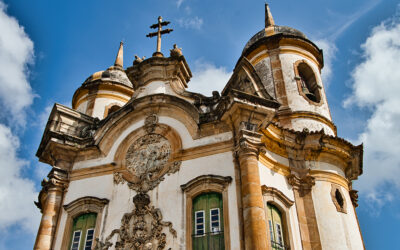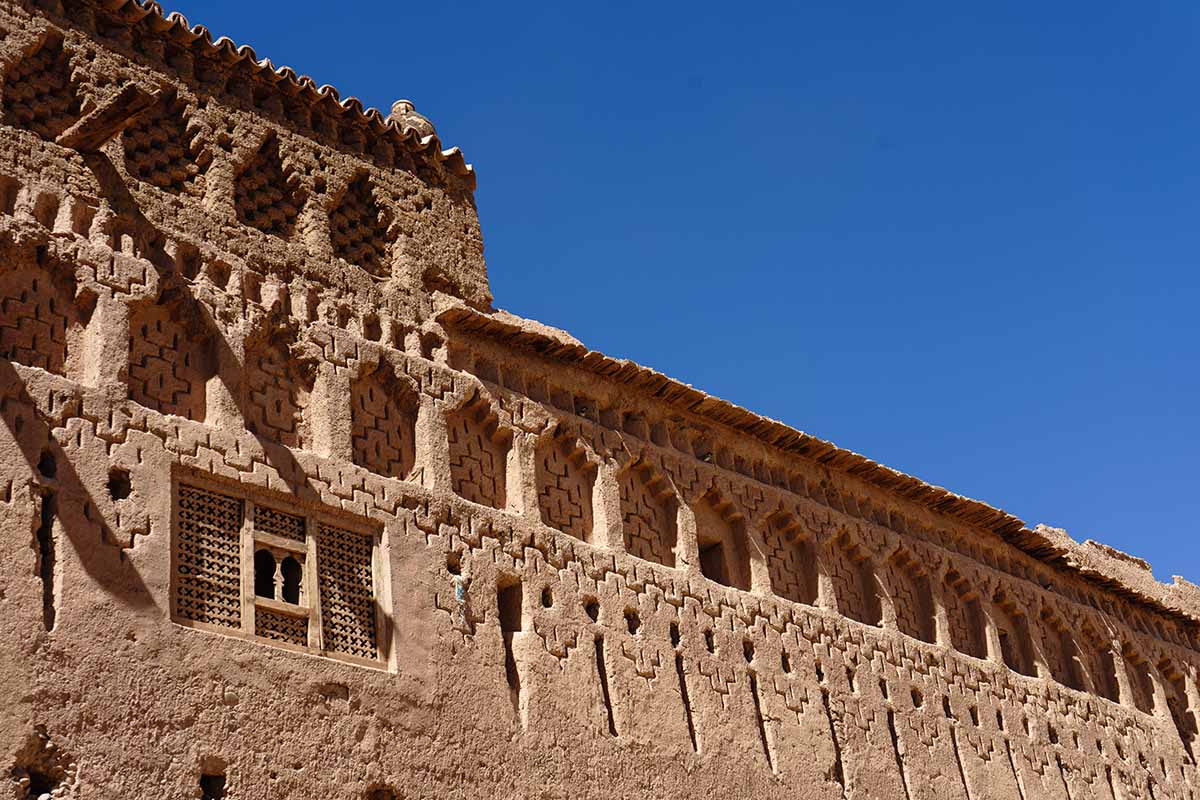Imagine an ancient Silk Road outpost that’s changed in the last 500 years.. A sand-coloured wall with a slope that reaches six meters high encloses the town while guards stand on the rounded towers. Camel caravans pass through the Palwan Darwase (East Gate), piled with silks from China, destined for Persia, Turkey and Europe. Others arrive with slaves to be sold.
Imagine an ancient Silk Road outpost that’s resisted change for the last 500 years. A sand-coloured wall with a slope that reaches six meters high encloses the town while guards stand on the rounded towers. Camel caravans pass through the Palwan Darwase (East Gate), piled with silks from China, destined for Persia, Turkey and Europe. Others arrive with slaves to be sold.
Merchants meet in the market to make deals, drink cha and chat until they reach a deal and shake hands. They are feeling the intense heat of a parched sun. Dust blows from the relentless desert. Spices scent the air. One can still envision the traditional city.
Visitors have replaced caravans while mobile phone towers compete with minarets in this atmospheric desert town. The city’s gates allow everyone and shield nobody.
Students studied at the madrases scattered throughout the historic town while the slave trade flourished. Escaped slaves had their ears nailed to this Palwan Darwase while executions took place here, too. The harsh times are gone.
Tourists crowd the restaurants and devour skewers of lamb and chicken. After, they explore the historic madrasas and towering minarets that comprise the ancient trading center.
Silk Road Kiva captures you and imprisons your memory. Its brutal history mingles with today’s appeal. This isolated settlement is worth the long trip from Bukhara.






